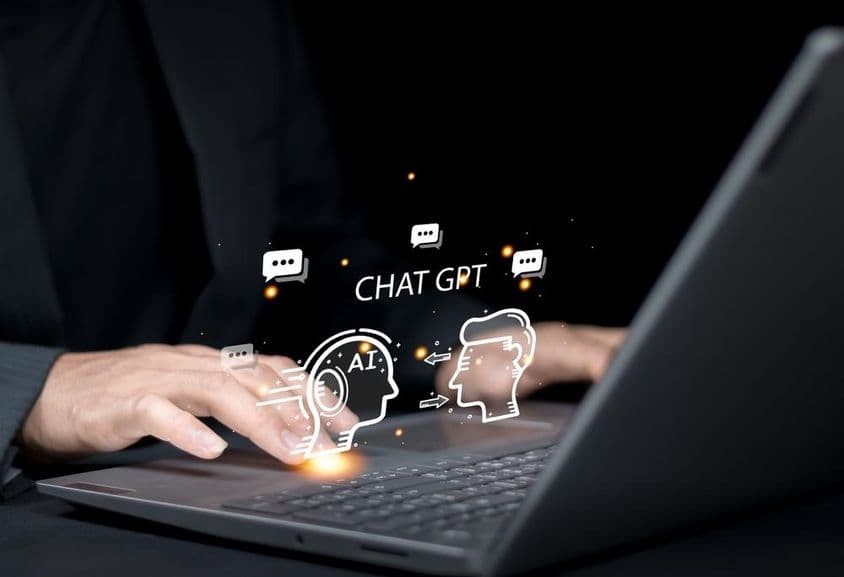Is AI at Work Putting Clients at Risk?

Is AI at Work Putting Clients at Risk?
Using tools like ChatGPT undoubtedly increases efficiency, but AI-assisted workplaces can also face challenges. The question is, should companies draw the line when it comes to using generative AI (GenAI) tools like ChatGPT for writing emails or reports?
Imagine this: It's Monday morning, and your email inbox is already a battleground. Deadlines are looming, and a report needs to be prepared before noon. But instead of spending hours perfecting your phrasing, you can simply input a prompt into ChatGPT, refine it, and send out a concise, professional email within minutes. Welcome to the world of AI-assisted workplaces!
But here's the question: Should companies fully embrace this efficiency, or does it come at a cost?
Efficiency Gains (with a Caveat)
Generative AI (GenAI) tools like ChatGPT are undoubtedly revolutionizing work. These AI-based models generate text, summarize content, and refine communication based on patterns learned from vast amounts of data. They help employees draft emails, summarize lengthy reports, and even refine tone and clarity. The result? Faster communication, reduced cognitive load, and more time for high-impact work.
However, over-reliance presents a real risk. Employees who blindly copy-paste GenAI-generated content without critical review might introduce errors, obscure company messages, or worse yet, send out impersonal, robotic communication. GenAI should be a companion, not the captain.
Should We Draw the Line?
The answer isn't a simple "yes" or "no"—the right approach lies in carefully setting boundaries. Here are some areas where organizations need to be cautious:
Privacy and Security
GenAI models process data, but where does this data go? If employees enter confidential company information into these tools, it poses significant compliance and security risks and endangers intellectual property (IP). Companies need clear guidelines on what data can be safely used with GenAI tools.
Authenticity in Communication
No one likes emails that feel as though a robot wrote them. A brand's voice and employee personalities shouldn't get lost in GenAI-generated style. The human touch remains important, particularly in client relations.
Decline in Critical Thinking, Storytelling, and Skills
Writing isn't just about words—it's about structuring our thoughts, building arguments, and influencing decisions. Authenticity and storytelling make communication compelling. If employees rely too heavily on GenAI, could their strategic thinking abilities diminish? Some level of manual work and human touch is still necessary to keep communication sharp, engaging, and reflective of real human interaction.
The Smart Approach to GenAI in the Workplace
So, what's the best course of action? Instead of banning GenAI tools outright or allowing unrestricted use, companies should establish clear etiquette:
Use GenAI as a first draft, not a final answer. Employees should refine, personalize, and check GenAI-generated content.
Define what is GenAI-appropriate. Routine emails that contain no sensitive data? Fine. Legal contracts? Absolutely not.
Educate employees on AI literacy. Knowing when to use GenAI—and when to rely on human judgment—is key to making it an effective work tool, rather than a substitute for human decision-making.
GenAI Is Not Meant to Replace Human Communication
GenAI isn't here to replace human communication—it's here to enhance it. Companies that prioritize creativity, critical thinking, and authenticity while leveraging these tools will not only survive but thrive. The future belongs to those who know when to leverage AI's speed and when to let human insight take the lead.
Remember, GenAI is just one piece of the wider AI revolution—the world of AI is much more than generative models, shaping industries in ways we're only beginning to understand. The key isn't in drawing a rigid line—it's knowing when to let AI lead and when to take the wheel ourselves.
If you find any errors on this page, please let us know via email.


